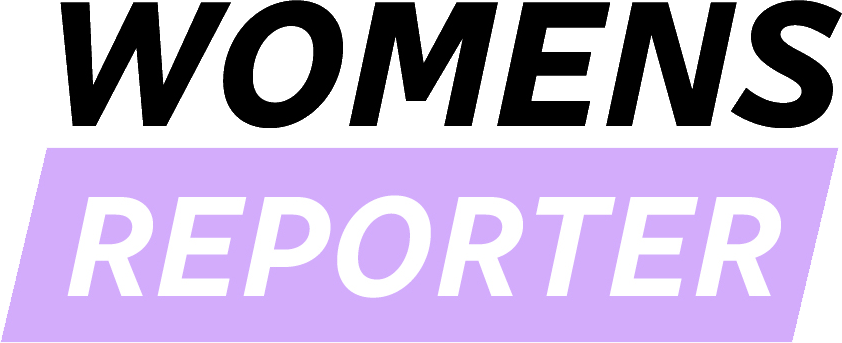The U.S. wellness industry is undergoing a significant evolution, fueled by a new wave of consumer behavior that prioritizes holistic well-being over traditional, product-centric health solutions. A recent survey conducted by McKinsey & Company illustrates how wellness has moved beyond a discretionary trend and become a central element of modern living, especially for younger generations who view health not just as the absence of illness but as an ongoing, multi-dimensional lifestyle pursuit.
According to McKinsey’s research, roughly 84 percent of U.S. consumers now consider wellness to be a top or important priority in their lives. This growing interest is not limited to conventional health practices like diet and exercise. Instead, it spans a broader range of categories including mental health, sleep, mindfulness, appearance, and overall lifestyle satisfaction. What was once considered a niche market has transformed into a multi-billion-dollar ecosystem where services, experiences, and preventative care are just as important as products on store shelves.
The study segments consumers into five distinct behavioral categories, with groups like “maximalist optimizers” and “confident enthusiasts” leading the charge in market growth. These consumers are typically younger, more tech-savvy, and willing to spend more on wellness-enhancing products and services. They actively track their sleep and nutrition, engage with wellness apps and wearables, and are early adopters of novel therapies and treatments. Their approach to health is integrated into every aspect of life—from how they work and rest to how they socialize and spend money.
This generational shift is transforming the economics of wellness. Even amid economic uncertainty and rising living costs, consumers have shown a consistent willingness to invest in their well-being. Compared to other discretionary spending areas like fashion, travel, or entertainment, wellness expenditures have proven more resilient. Consumers are not only cutting back less on these purchases but, in many cases, increasing their investments in personal health, mental well-being, and stress management tools.
One key insight from the report is that consumers now expect more than simple products; they are looking for personalized, experience-driven solutions. This trend is especially evident in the growing popularity of tech-enhanced wellness services. Apps that offer customized meditation sessions, fitness tracking, personalized supplements, or sleep optimization plans are gaining momentum. Consumers are no longer satisfied with generic offerings—they expect systems that adapt to their lifestyles, goals, and health profiles.
In this environment, certain wellness segments are emerging as high-opportunity markets, particularly those where consumer needs remain unmet. Cognitive health, gut health, and mindfulness therapies are areas in which many consumers express dissatisfaction with existing options. Companies that can deliver credible, science-backed solutions in these fields may find themselves in a position to lead the next phase of industry growth. Longevity services—such as anti-aging treatments, preventative diagnostics, and personalized medical planning—are also gaining attention as consumers look to extend not just lifespan, but “healthspan.”
The shift is also evident in how wellness is marketed and consumed. Rather than one-off purchases or quick fixes, consumers are gravitating toward brands that offer community, continuity, and meaningful engagement. Subscription models, wellness memberships, and integrative health platforms are increasingly popular, providing ongoing access to curated wellness experiences. Social media and influencer engagement further amplify these trends, as consumers seek authenticity, transparency, and relatability from the brands they choose to support.
Moreover, there’s a growing emphasis on emotional and psychological wellness. Burnout, anxiety, and sleep deprivation are all common concerns among Gen Z and millennials, and they are actively seeking tools to cope. This has prompted a surge in digital mental health platforms, meditation apps, and alternative therapies, ranging from breathwork to biofeedback. Employers are also taking notice, incorporating wellness programs into benefits packages to help improve workforce productivity and morale.
Despite this strong demand, the industry still faces challenges. Consumer trust remains a hurdle, particularly in a marketplace that is often saturated with overhyped claims and under-regulated products. Companies aiming to succeed in this space must prioritize transparency, build credibility through science-backed solutions, and offer seamless delivery systems that integrate into daily life.
The wellness industry in the U.S. is currently valued at over $500 billion, with annual growth estimates ranging between 4 and 5 percent. Yet the true value may lie in how wellness is redefining the consumer experience itself. It’s no longer about isolated products or occasional services; it’s about aligning health goals with lifestyle choices and enabling people to take greater control over their physical, mental, and emotional well-being.
In conclusion, the wellness sector is not just surviving—it’s thriving in a post-pandemic, digitally connected world where health and happiness are deeply intertwined. As consumers continue to redefine what it means to be healthy, the businesses that will succeed are those willing to evolve with them, offering not just products, but purpose-driven, personalized experiences that support well-being in every dimension of life.
